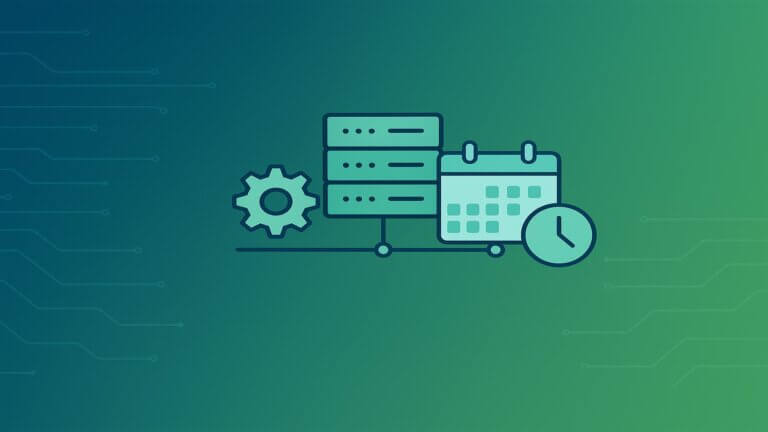Cloud economics refers to the financial aspects of adopting and managing cloud computing resources. As organizations increasingly rely on cloud services, understanding cloud economics becomes crucial for making informed decisions about cloud investments. This concept involves analyzing the cost structures, benefits, and trade-offs associated with cloud computing, helping businesses optimize their expenditures while maximizing value. As cloud adoption grows across various industries, a deep understanding of cloud economics is essential for aligning cloud strategies with business goals and ensuring sustainable financial practices.
What is Cloud Economics?
Cloud economics encompasses the financial principles and strategies involved in adopting and managing cloud computing resources. It includes key components such as cost management, financial operations, and budgeting, all within the context of cloud computing. Understanding cloud economics is essential for businesses leveraging cloud services, as it allows them to optimize costs, allocate resources efficiently, and ensure that cloud investments align with their broader financial and operational goals. This knowledge is crucial for maximizing the return on investment (ROI) from cloud technologies.
Fundamentals of Cloud Economics
At the heart of cloud economics are principles like pay-as-you-go pricing, scalability, elasticity, and cost allocation. Unlike traditional IT infrastructure, where costs are largely fixed and upfront, cloud computing allows businesses to pay only for the resources they use. Scalability and elasticity further enhance cost efficiency, enabling organizations to adjust their resource usage dynamically based on demand. These fundamentals offer businesses unparalleled flexibility and financial control, transforming how IT budgets are managed and optimized in the cloud environment.
Benefits of Cloud Economics
Cloud economics offers numerous advantages, including significant cost savings, enhanced operational efficiency, and improved financial agility. By adopting a pay-as-you-go model, businesses can reduce capital expenditures and avoid overprovisioning resources. Cloud economics also enables better resource utilization, as companies can scale resources up or down based on demand. For example, a retailer can scale its cloud infrastructure during peak shopping seasons, ensuring optimal performance without incurring unnecessary costs. These benefits collectively contribute to a more flexible and responsive financial strategy.
Key Metrics in Cloud Economics
Key metrics in cloud economics, such as Total Cost of Ownership (TCO), Return on Investment (ROI), and Cost per User, play a critical role in managing and optimizing cloud expenses. TCO helps businesses assess the full cost of owning and operating cloud infrastructure, while ROI measures the financial returns on cloud investments. Cost per User provides insights into efficiency by evaluating how much is spent per active user. These metrics are essential for making informed financial decisions, ensuring that cloud investments are both cost-effective and aligned with business goals.
Use Cases of Cloud Economics
Understanding and applying cloud economics can drive significant business benefits across various scenarios. Startups, for instance, can optimize resources by using cloud services that scale with their growth, avoiding the heavy upfront costs of traditional IT infrastructure. Large enterprises managing complex, multi-cloud environments can leverage cloud economics to streamline operations and reduce costs. For example, a global corporation may use cloud economics principles to allocate costs across departments, ensuring financial accountability and efficient resource utilization. These use cases demonstrate the practical impact of cloud economics in diverse business contexts.
Challenges and Considerations
While cloud economics offers many benefits, businesses often face challenges such as cost overruns, complexity in managing costs, and the need for specialized skills. Cost overruns can occur when cloud usage is not carefully monitored or optimized, leading to unexpected expenses. The complexity of managing costs in a multi-cloud environment can also be daunting, requiring sophisticated tools and expertise. To overcome these challenges, businesses should invest in cost management tools, adopt FinOps practices, and ensure their teams are trained in cloud financial management.
Best Practices for Managing Cloud Economics
Effectively managing cloud economics requires strategic approaches, such as conducting regular cost audits to identify and eliminate waste. Utilizing cloud financial management tools can provide real-time insights into spending, helping businesses stay within budget. Collaboration between finance and IT departments is also crucial for aligning financial goals with cloud strategies. Establishing a culture of continuous monitoring and optimization ensures that cloud resources are used efficiently, ultimately leading to better financial outcomes.
Future Trends in Cloud Economics
As cloud computing continues to evolve, several emerging trends are shaping the future of cloud economics. One notable advancement is the integration of AI-driven cost optimization tools. These technologies leverage machine learning algorithms to analyze usage patterns and predict future costs, allowing organizations to proactively manage and reduce their cloud expenditures. By automating cost-saving strategies and providing actionable insights, AI-driven tools are becoming indispensable in the FinOps toolkit.
Another significant trend is the increased adoption of hybrid and multi-cloud strategies. Companies are moving away from single-cloud solutions in favor of leveraging multiple cloud providers to avoid vendor lock-in, enhance flexibility, and optimize performance. This approach also introduces complexities in managing costs across different environments, necessitating sophisticated cost management solutions and strategies to ensure that the benefits outweigh the potential challenges.
The evolution of cloud pricing models is also noteworthy. Providers are continuously refining their pricing structures to offer more granular and dynamic options. Innovations such as pay-as-you-go, reserved capacity, and spot instances provide businesses with a range of choices to align their cloud costs with their usage patterns. Understanding and effectively utilizing these pricing models is crucial for businesses aiming to maximize their cloud investments.
In summary, the future of cloud economics is characterized by rapid advancements in technology and evolving strategies. AI-driven cost optimization, hybrid and multi-cloud adoption, and innovative pricing models are setting the stage for a more dynamic and cost-effective cloud landscape. Understanding these trends is essential for businesses to navigate the complexities of cloud financial management effectively.
By staying informed about these developments and applying best practices, organizations can optimize their cloud investments, drive financial accountability, and achieve strategic goals. Embracing these trends and leveraging the insights provided will help businesses make informed decisions and harness the full potential of their cloud resources.



